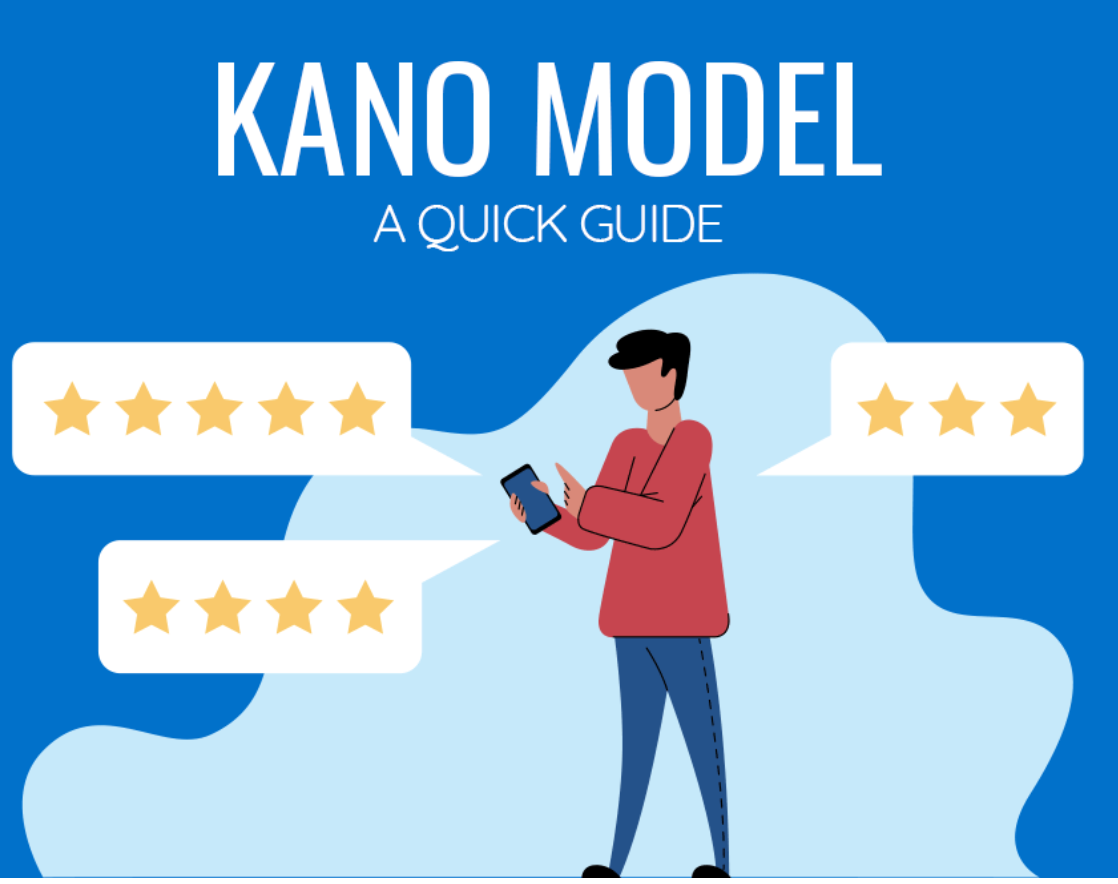
Ready to get more customers calling?
Take FREE Local SEO Course
Available now in English
Kano Model - is a tool used in quality management and marketing research to measure customer satisfaction and preference for particular product or service attributes. The model helps to identify and categorise product attributes based on how they affect customer satisfaction. It is used to design products and services that better meet customer preferences.

Features of the Kano Model
The Kano model is characterised by dividing the features of a product or service into five main categories that affect customer satisfaction differently:
- Essential Features - these product features are taken for granted and are essential. Their absence causes dissatisfaction, but their presence does not increase customer satisfaction. They are the basic requirements that the customer expects as standard.
- Expected Features - these are features that lead to increased customer satisfaction when they are present and performed well, and dissatisfaction when they are performed poorly. Satisfaction and dissatisfaction with these features is proportional to the degree to which they are performed.
- Attractive qualities - these qualities are not expected by customers, but when present can significantly increase satisfaction and be a source of delight. Their absence, however, does not cause dissatisfaction because customers do not expect them as standard.
- Indifferent qualities ) - these qualities have no significant impact on customer satisfaction, whether they are present or not. Customers are indifferent to them and they do not influence their purchasing decisions.
- Repulsive Features - these are features that may cause customer dissatisfaction when present, while their absence may be perceived positively. These are rare situations where the customer has a reverse preference for a particular feature.
How to use the Kano Model?
- The Kano Model is used in the following ways:
- Survey Research - customer surveys are conducted, using Kano Model-specific functional questions (what would happen if the feature were present) and dysfunctional questions (what would happen if the feature were not present).
- Response Analysis - customer responses are analysed to identify into which of five categories each feature of the product or service belongs.
- Feature Prioritisation - based on the survey results, it is determined which features have the greatest impact on customer satisfaction and should be prioritised in the product development process.
- Product Development - the information obtained from the Kano model is used to design or improve products and services to better meet customer needs and expectations.
- Marketing Strategy - information from the Kano model is used to create marketing messages that highlight the product or service features most valued by customers.
- Innovation - the Kano model helps to identify potential areas of innovation by identifying delightful features that can add unique value to a product or service.
Staged understanding of the Kano Model
Understanding the Kano Model is done in stages and involves several key steps:
- Learning about the Feature Categories - one must first understand the five feature categories according to the Kano Model
- Conducting Surveys - surveys are then conducted, often in the form of questionnaires, to gather customer feedback on specific features of the product or service.
- Analysing the Results - once the data has been collected, an analysis of the responses is undertaken to classify the features into the appropriate categories.
- Interpretation and Prioritisation - based on the analysis, it is interpreted which customer delight features are most important and then development actions are prioritised.
- Implementation of Conclusions - finally, the knowledge gained from the Kano Model is used to optimise products and services, as well as to inform marketing and innovation strategies.
Why is it worth using?
Using the Kano Model is valuable because it helps companies to understand which product or service attributes are key to meet customer expectations, and to identify new opportunities for innovation and improvement. Using the model, organisations can better align their offerings with market needs and increase customer loyalty, resulting in better business performance. The Kano model also allows for effective resource management by focusing on the most valuable aspects of the offering from an audience perspective.
![What is Kano Model - Definition [Marketing Dictionary]](/assets/img/dictionary-background.webp)
